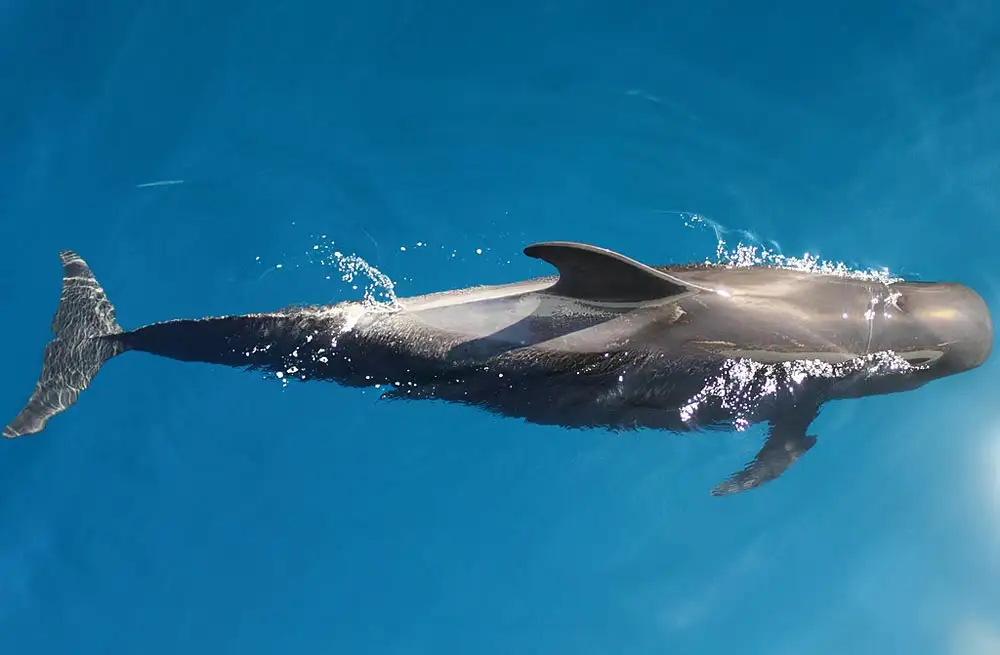
Pilot Whales
Globicephala (genus)
Globicephala—the pilot whales—is a genus in the family Delphinidae with tw···
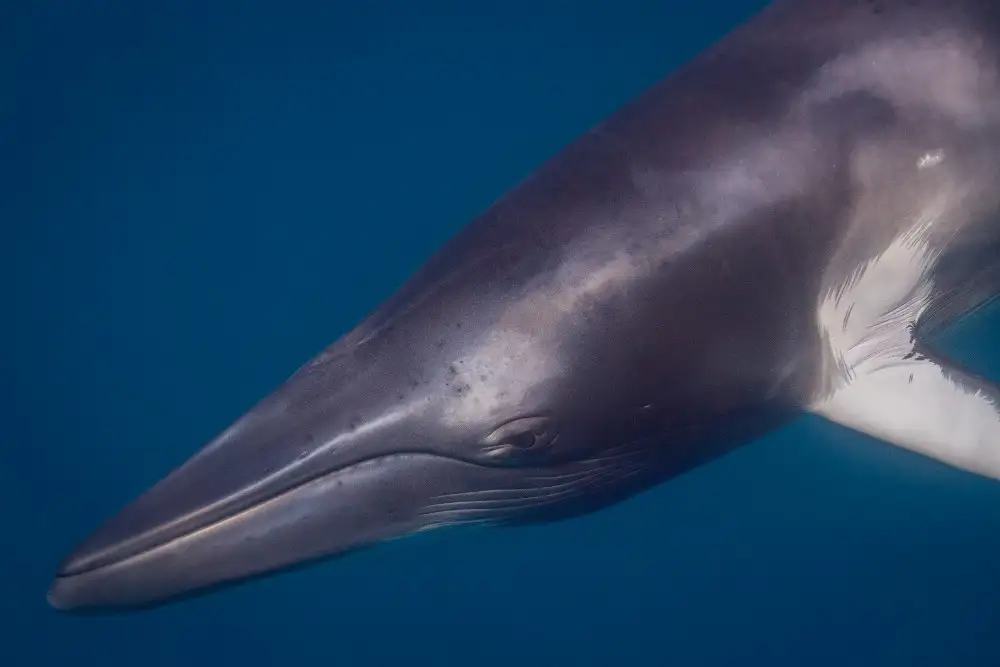
Minke Whale
Balaenoptera acutorostrata
Common minke whale (Balaenoptera acutorostrata) is one of the smallest rorqu···
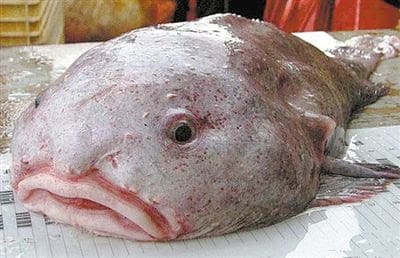
Blobfish
Psychrolutes marcidus
Blobfish (Psychrolutes marcidus) is a deep‑sea cottoid fish (family Psychro···
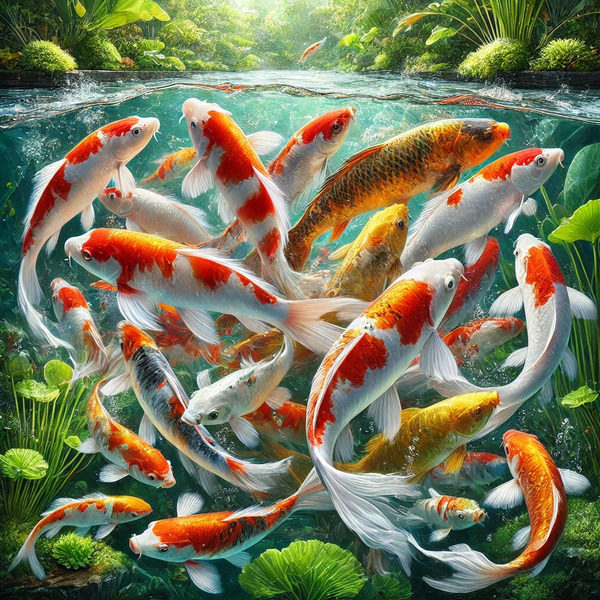
Koi Fish
Table of Contents:Introduction to Koi FishWhat is a Koi Fish?Koi Fish Symbol···
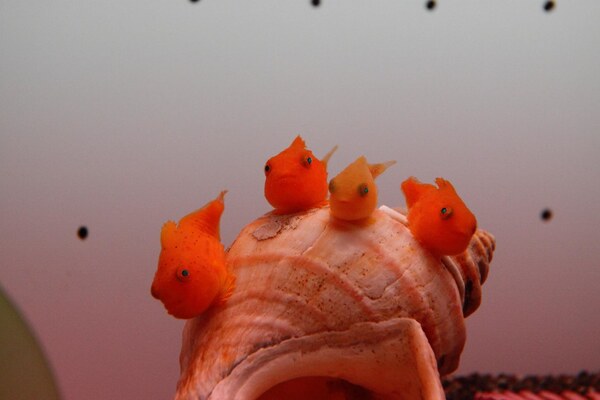
Cyclopterus
Lumpsucker
Frequently Asked Questions (FAQs)1. What is a lumpsucker?A lumpsucker, scien···
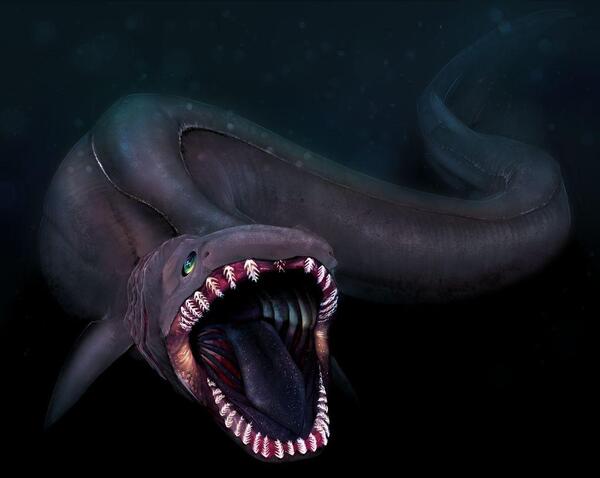
Chlamydoselachus anguineus
Frilled Shark
IntroductionThe frilled shark (Chlamydoselachus anguineus) is a unique and i···
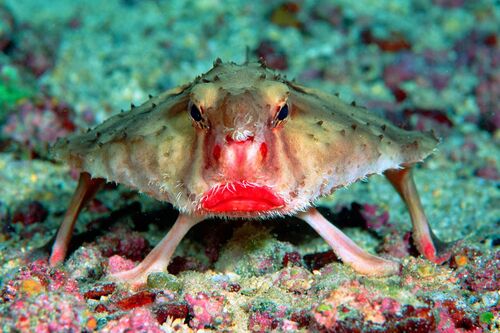
Ogcocephalus darwini
Red Lipped Batfish,Galapagos batfish, Daphnia galapagos batfish
The Red-Lipped Batfish (scientific name: Ogcocephalus darwini) is one of the···
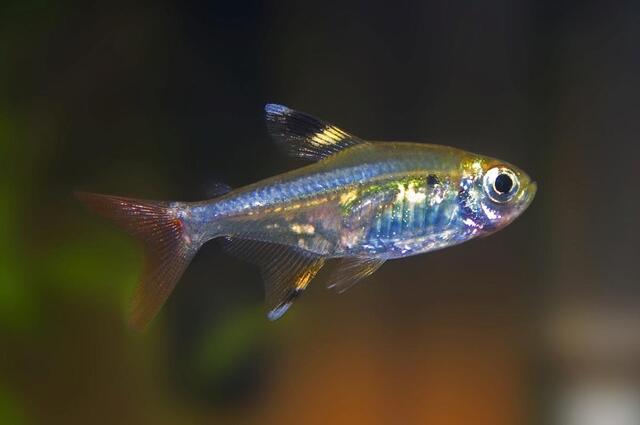
Pristella maxillaris
Pleurotus eryngii,Pristella maxillaris
Animals Starting with X: Exploring the Mysterious World of X-ray FishAmong t···
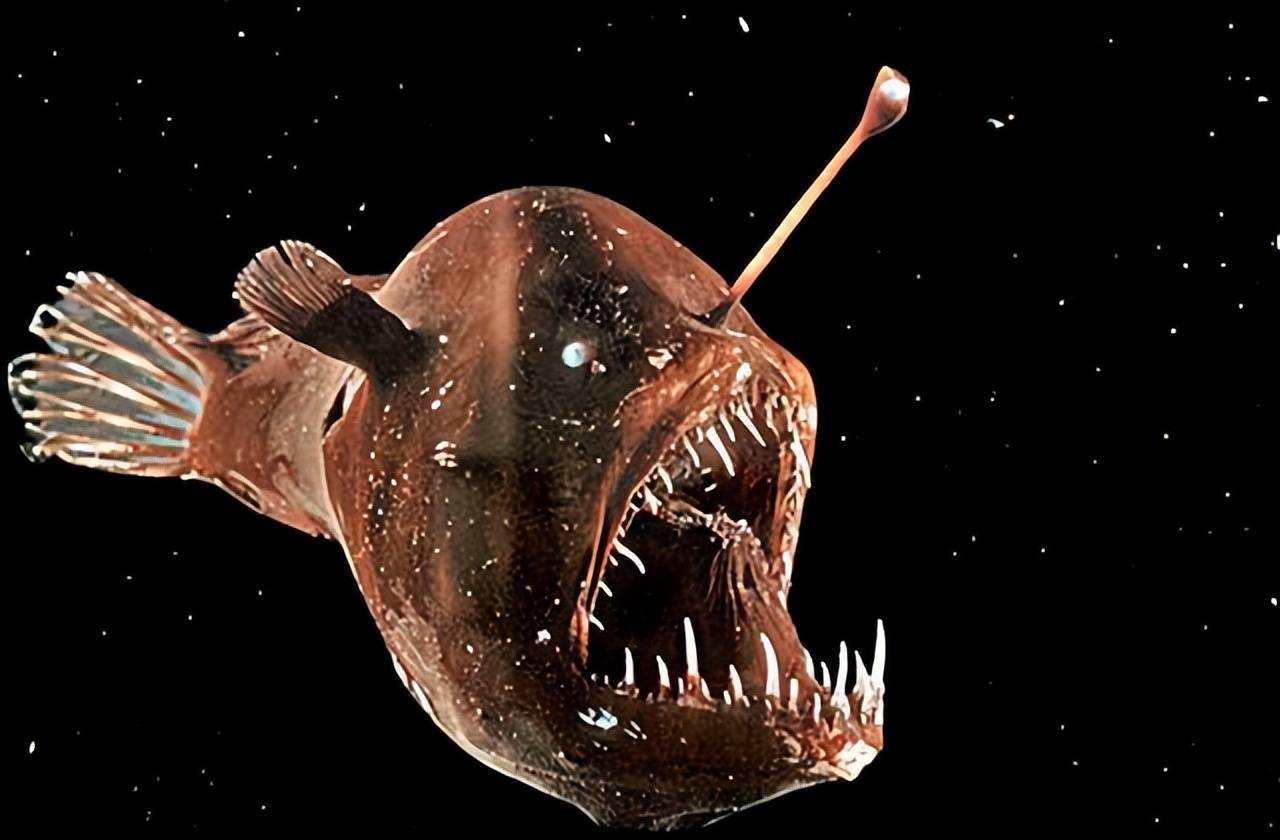
Lophiiformes
anglerfish,Monkfish, scale fish, toadfish, sea toad, anglerfish, stuttering fish, lantern fish, ugly woman fish
Anglerfish (scientific name: Lophiiformes) Chinese pinyin: (ān kāng), comm···
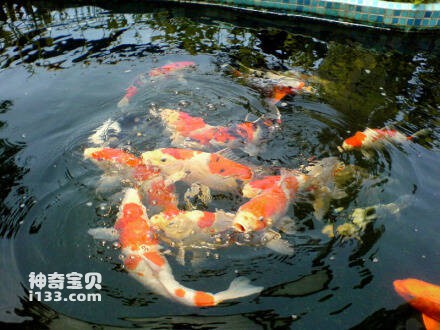
Cyprinus carpio
Cyprinus carpio
Koi (Cyprinus carpio haematopterus) is a kind of high-grade ornamental fish ···
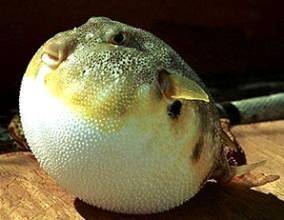
Tetraodontidae
Tetraodontidae,pufferfish、puffers,Pufferfish, boatfish, pufferfish, good fish, chicken, turtle fish
Pufferfish (scientific name Tetraodontidae) is also known as pufferfish or p···
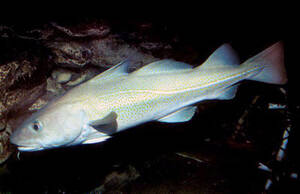
Eleginus gracilis
Eleginus gracilis,cod, bighead cod, bighead fish, bighead fish, pollack
The scientific name of cod is Eleginus gracilis. It is a kind of deep-sea fi···
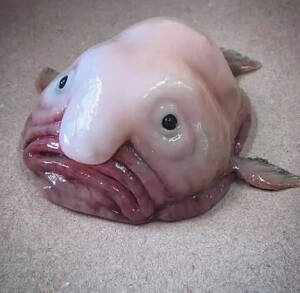
Psychrolutes marcidus
Psychrolutes marcidus,Blobfish,Sad fish, soft-spined sculpin, popper fish
The Latin name of the blobfish is Psychrolutes marcidus, and its foreign nam···
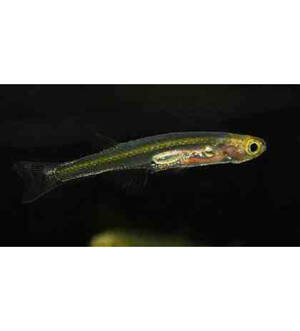
Danionella dracula
Danionella dracula,Toothpick fish
The scientific name of the vampire fish is "Danionella dracula", a···
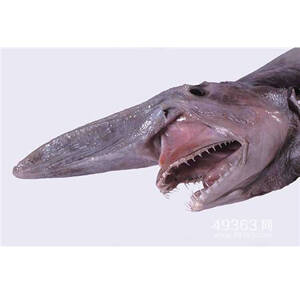
Mitsukurinidae owstoni
Mitsukurinidae owstoni,Goblin shark, Goblin shark, Goblin shark
Owstoni's sharpnose shark (scientific name: Mitsukurinidae owstoni), als···
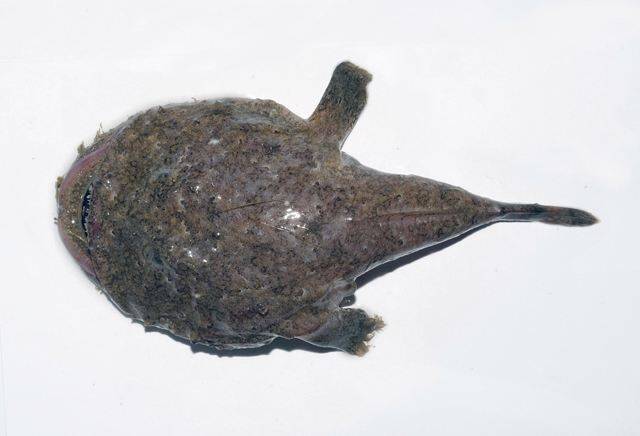
Lophiomus setigerus
Lophiomus setigerus,black-mouth goosefish,Blackmouth anglerfish, stutter fish, anglerfish, toadfish, old man fish
The Latin name of black anglerfish is Lophiomus setigerus (Vahl, 1797), and ···
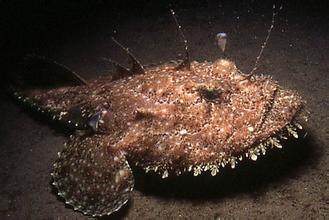
Lophius litulon
Lophius litulon,Toadfish, stutterfish, sea turtle
Yellow anglerfish, whose scientific name is Lophius litulon, is a deep-sea b···
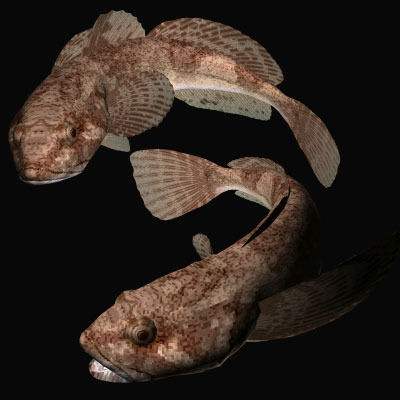
Trachidermus fasciatus
Trachidermus fasciatus,Four-gilled perch, flower drum fish, wife fish
Songjiang perch (scientific name: Trachidermus fasciatus) is a fish of the f···
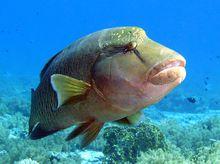
Cheilinus undulatus
Cheilinus undulatus,Giant Wrasse,Napoleon wrasse, wavy parrotfish, curved lip fish, Napoleon bream, dragon king bream, sea bream, big piece
Cheilinus undulatus (scientific name: Giant Wrasse) is a large wrasse with n···
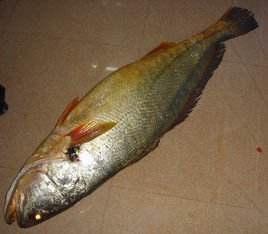
Bahaba taipingensis
Bahaba taipingensis,Chinese Bahaba,Golden money sturgeon, golden money croaker, golden money fierce fish, fish high, big gull, white flower fish, yellow sweet
Chinese Bahaba (scientific name: Bahaba taipingensis) is called Chinese Baha···
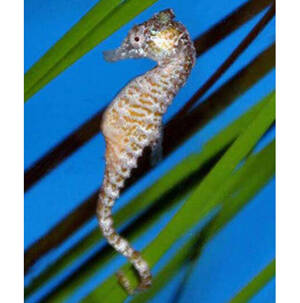
Dwarf Seahorse
Hippocampus zosterae,Dwarf Seahorse
The dwarf seahorse is the smallest of the Syngnathidae and Hippocampus.The d···
